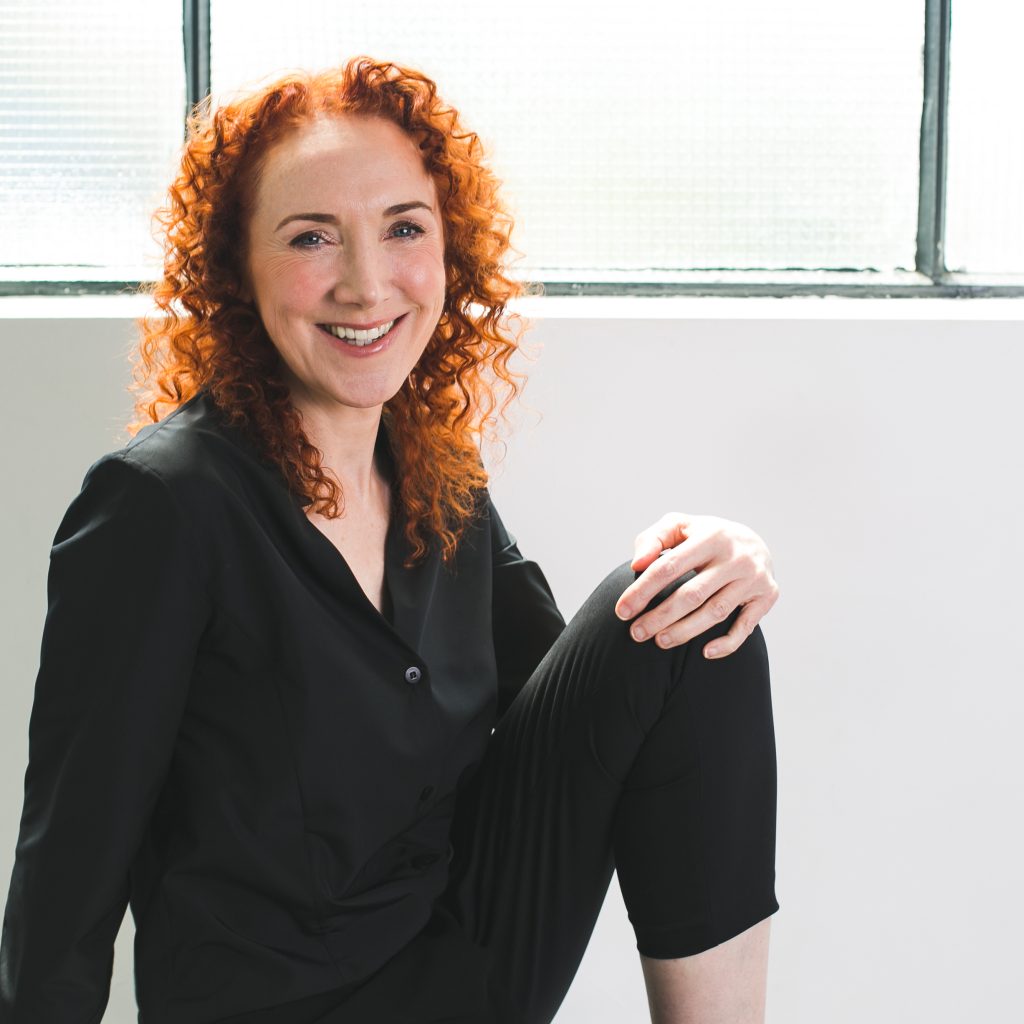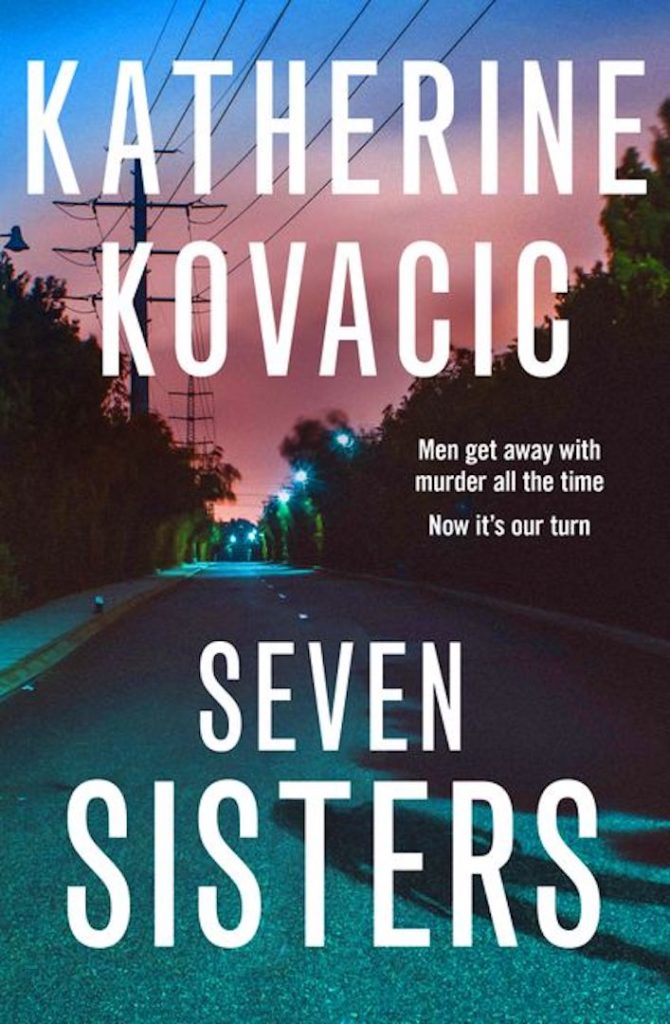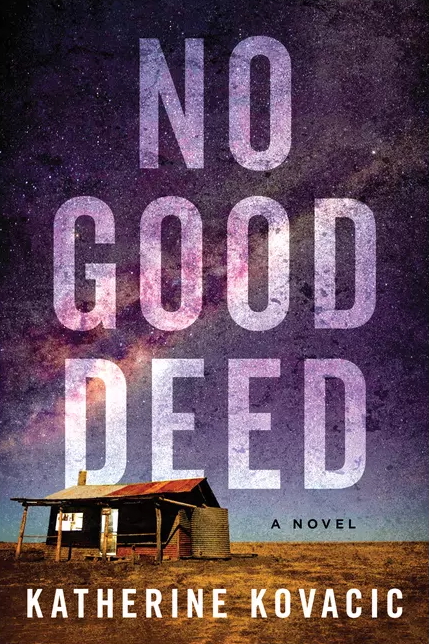I spend a lot of time thinking about death. Not in a philosophical sense, but the how, when, what and why of death in every conceivable form. Messy and unblemished, quiet and very loud, tragic and stupid, unremarkable and unbelievably bizarre.
When I’m drafting a new crime fiction story, figuring out how to kill people is always interesting. Sometimes how is the starting point, but the means of dispatch can also reveal itself later, determined by the perpetrator or other elements of plot. Obviously, the amount of detail used to describe a murder or its aftermath depends on the story, but, whether quiet and tidy or screaming and blood-soaked, every method requires research. No author wants mistakes, whether in historical detail, geography, or things like the action of a poison, the firing of a gun, or the injury pattern caused by a particular weapon. In crime writing, there are times when I have to study unpleasant things and people in great detail. I don’t want readers to have to experience the full extent of it, but I do want them to catch a glimpse.
I’ve found that there’s a price to pay for some stories and the research that goes into bringing them to the page. It’s important to find the place where I can look after my mental health while following the story as far as it goes, deep into the dark.

I have a background in veterinary medicine, which means I have a high tolerance for gore. When I’m carrying out research, I’m quite comfortable reading scientific papers and looking at images relating to wounds, decomposition and – generally speaking – the damage humans can inflict on one another. In fact, it’s actually the focus on getting the minute details right that help me stay detached: viewing horror through a scientific lens means I can shut myself behind a clinical wall.
But it doesn’t always work.
Sometimes the information I’m looking for can’t be found in scientific papers, but is contained in media reports and court documents, or possibly historic police files. When that’s the case, it’s impossible not to consider the people involved because the names of the victims are there, as are details that make them very real, and very present in my mind.
Other research has taken me deep into the grief and pain of a murder victim’s family: a mother’s graveside breakdown, a father’s broken, heartfelt thankyou for a community’s support, a detailed description of a coffin lined with swan’s down…
These are the things that keep me awake at night.
These are the things that pierce most deeply.
Then there’s the other side. The perpetrators and how they think, their motives, their lives from infancy to adulthood. This research comes with a different sort of burden. At times, trying to get inside their heads, it’s impossible not to feel the evil that drives them, and that can be hard to shake.
Research for my most recent work of crime fiction, Seven Sisters, focused on domestic violence. I went into this with my eyes open, but it was still hard. Really hard. Especially when I was reading about cases where all the red flags were there, where the victims had been to police time and time again without receiving the help they needed. Criminal behavioural analyst and international expert on domestic abuse, Laura Richards, refers to domestic violence homicides as ‘murder in slow motion’. To see so clearly all those red flags over months and often years, when a life could have been saved, and to read about the police response (or lack thereof) was shattering. I spoke to women, survivors of intimate partner violence and coercive control, who told me of the times they thought they were going to die, or of the day they reported something to police, only to hear, ‘well, he’s telling a different story’. I heard of women who commit crimes so they will be imprisoned, because gaol is the only place they feel safe. And I read of the punishment meted out to women who, in order to save their own lives, had killed the men who tried to kill them. Long sentences that gave no consideration to the years of hell these women had endured, or the fact that they were in a situation of kill-or-be-killed.
So how to deal with such tough material? How do you honour victims – whether real or fictional – and not shy away from the truth, while also avoiding the edge of the abyss? How do you even acknowledge your own feelings when you’re sitting on the outside looking in, when others have been victims or have lost a loved one to violence? As a writer and researcher, what right do I have to consider my own emotional state?
I know for some crime writers, getting out with friends, catching up for drinks and chatting about other topics helps to clear their heads of at least some of the bad stuff. That’s not me, but I do spend time with family, and I look for moments of joy: a lovely flower, the petrichor smell of rain on dry earth, warm, fresh bread… Reminders that there are plenty of good things (and humans) in the world.
I also find walking to be hugely beneficial, particularly early in the morning when there’s almost nobody else about. I don’t listen to music or podcasts, and I never take out my phone; I just enjoy the silence. Usually, I have a dog or two with me, and I pay attention to their interactions with the world around them, making myself present for them. I look at the sky and breathe the air, and I try not to think about my writing. But sometimes the story intrudes, either the details of my research, or what I need to work on next; that’s part of the processing. When I’m out with the dogs, I can have the thought, then put it aside.
I also dance. I arrange a lesson with my teacher and immerse myself in the music and technique of Argentinian tango. I don’t do this as often as I’d like, but it’s clear that when I think I have absolutely no time for dancing that I need tango most of all.
I read a lot, and the books I choose are always worlds away from what I’m working on. The darker the research, the lighter and fluffier my leisure reading.
Most importantly, I write. I channel the emotion into the work. I make sure that the victims in my story – whether it’s true crime or fiction – are treated with empathy, as more than just a means to move the plot forward. I make sure readers can see the darkness that lays beneath, without being put off by something that is too ugly to face. I remind myself why I’m telling the story.
Katherine Kovacic is the award-winning author of many short stories and books, including the Alex Clayton art mysteries, true crime The Schoolgirl Strangler, and Australia’s Dogs, a celebration of the dog in Australian life. Her crime thriller Seven Sisters (2023) was shortlisted for an Australian Crime Writers Award for Best Crime Fiction and her latest book, No Good Deed, will be published in March 2026. Katherine has taught crime writing at Faber Academy, judged numerous writing competitions, and regularly appears at writers festivals and events. You can connect with Katherine on Instagram or visit www.katherinekovacic.com
:


Thank you for these insights into how to maintain a sense of proportion and balance while writing about unsettling subject matter.
Glad the post spoke to you, dear Richard.
I find that reading posts like this one helps me gain perspective and a sense of balance. Thank you.
Erie, this is so good to hear, thank you for the feedback!
You’re very brave. How can there be a world where some women only feel safe in gaol. But yet, onwards we go. All the very best with the new novel.
Margaret, I’m glad this post spoke to you. And I know you’re also brave in your writing!
Hi Katherine, Hi Lee!
I savour every article I read on The Writer Laid Bare, and this one particularly resonated – I facilitate the crime fiction book club at our local indie bookshop in Stones Corner and every month we delve into an Australian crime novel or crime thriller (I’ll be adding to yours to our list!) I find the book club discussions about crime fiction always so fascinating, at times emotional, uncomfortable and gritty. As a reader/writer myself it is also a timely reminder of the importance of knowing your subject matter… and knowing when to step away and take a breather, i.e., smell the coffee/fresh bread! I love that you prioritise mindfulness and find time to dance, despite the dark work of writing crime. And thank you for emphasising the value of portraying survivors/victims with empathy and dignity. Too often reading crime fiction can feel exploitative and conflicting in the name of entertainment or escapism. But stories, when researched and written with both heart and mind, can be such powerful mediators of change. Thank you, Katherine, for writing this to remind us also why we read 🙂
Bianca, thank you for this thoughtful response and this means a lot that the posts on this blog speak to you. I wish I could join your book club 🙂
Love your work KK! The depth of your research and your passion really shows in your books! March 2026 can’t come quick enough!!